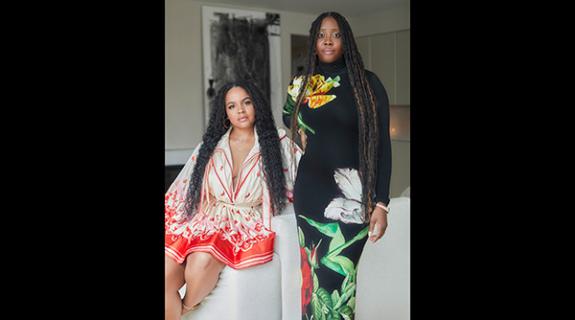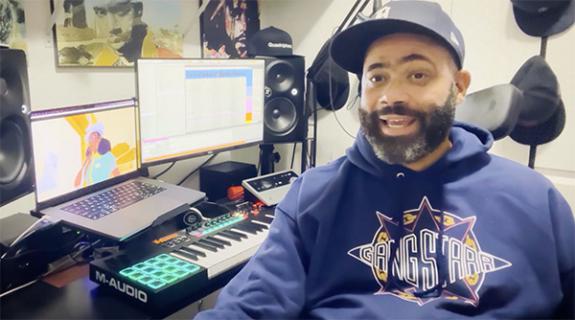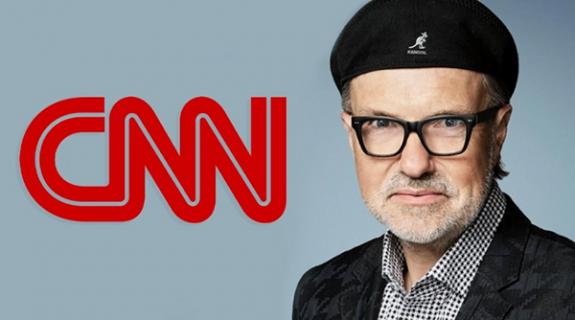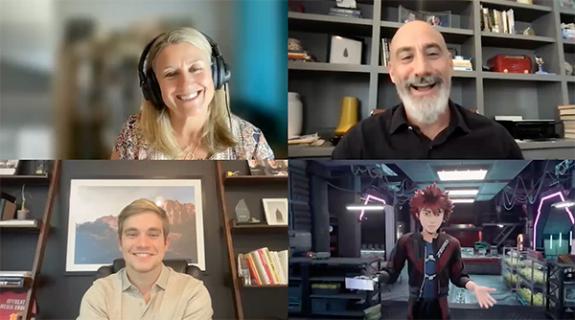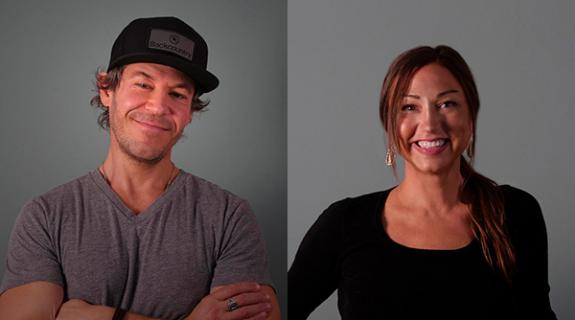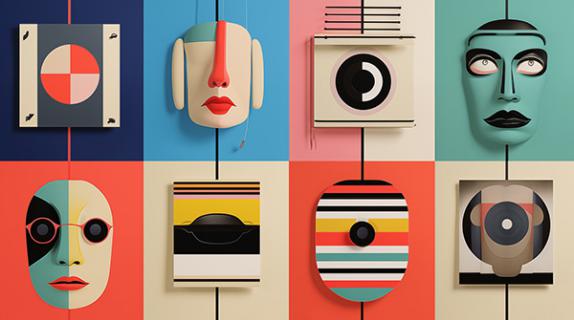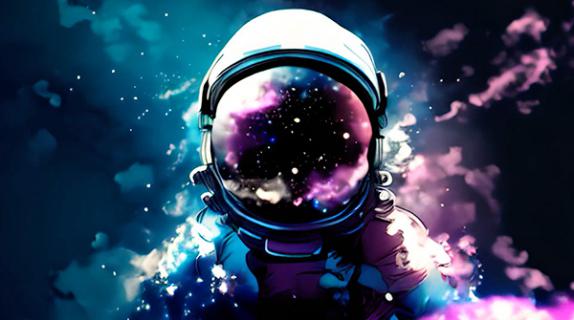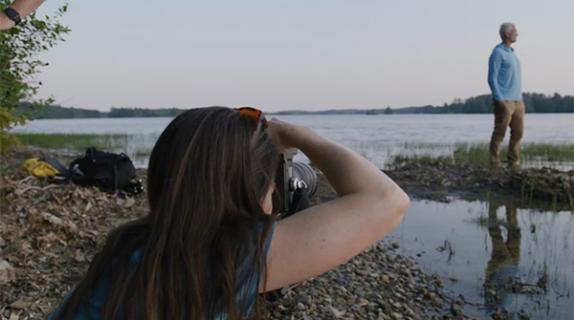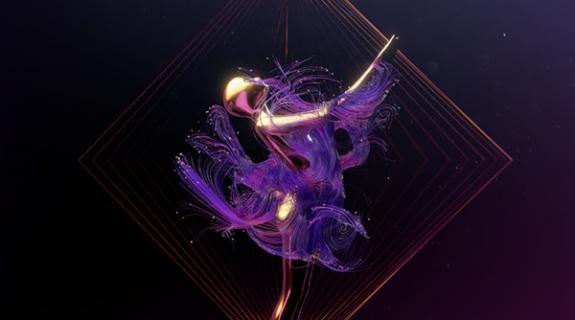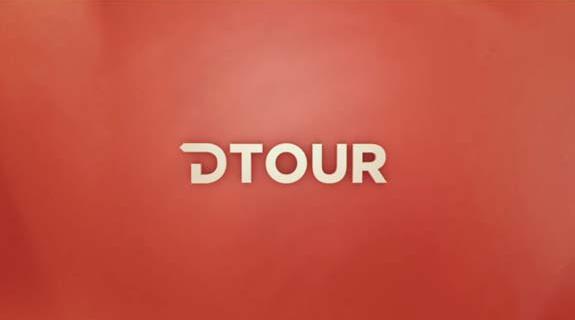When creative studio Imaginary Forces partnered with Shaw Media to create the on-air look for the Canadian media company’s new channel, DTour, which launched on Monday, it found itself with four content buckets in search of a thematic thread: food, travel, lifestyle and paranormal.
“That was one of the challenges from a design standpoint,” said Gabriel Marquez, executive producer at Imaginary Forces, “developing something that would be able to shoulder a really broad set of content types. Paranormal is not something typically partnered with food.”
Tasked with creating a comprehensive ID package for the channel, Imaginary Forces and creative director Mark Gardner had to create a visual transition framework for a programming lineup that ranges from “Rock My RV with Bret Michaels” to “William Shatner’s Weird or What?” Aiding them in this challenging task was DTour’s strong, concise tagline: “See where it takes you,” a unifying call to those open to new experiences.
“Their tagline kind of sums it up,” said Audrey Davis, art director for DTour. “It’s like you don’t know what’s going to happen next but you kind of embrace it. So we felt like a really simple but lively and energetic graphic solution kind of corralled [the different programs] together into one coherent thought.”

Utilizing, crisp, colorful, hi-def footage, Gardner and his team’s solution used what Marquez called “match cut call and response transitions” to seamlessly juxtapose images that represented thematically different programming types. The technique involved, according to Marquez, “setting a certain expectation” with one type of image, such as a head of broccoli, and then having the frame slice itself to reveal a new image that relates visually, if not thematically, such as a group of trees. While the broccoli stems from food-related content and the trees from destination/travel-related content, the eye processes one as a miniature version of the other, to make a seamless transition.
“It’s a nice way for us to change visual perspective, change situation, change scale all while having a sense of visual tethering between the two things,” said Marquez. “You can use form to get to a totally different kind of space. It allows you to use structure as a thematic transition.”
Other structure-based transition examples in the ID package find clouds paired with cotton candy, coffee beans with jelly beans and then real beans, and canned sardines with tropical fish… with a rubber ducky. In line with DTour’s mission to bring a fresh perspective to the world while not taking itself too seriously, Imaginary Forces hoped to get the viewer “to think of something in a different way, and to do so with a wink and cheekiness,” said Marquez.

For many of those split-screen transitions, the studio shot the footage itself in a sound studio, but also pulled in material from scenic stock footage, such as a shot from the back of a bike that switches to the back of a kayak. The end result in either case creates “what we call flip-book animation,” said Marquez. “You get the notion there’s this whole set of content that you’re not quite seeing. It implies a world beyond just the section you’re seeing.”
Tags:




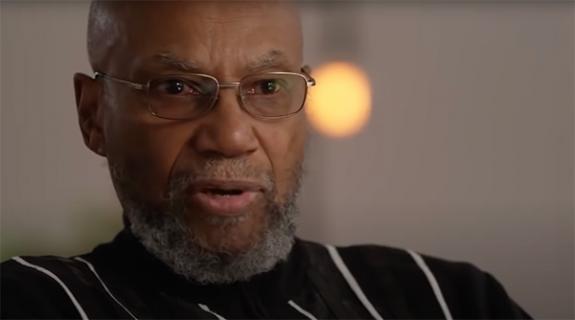
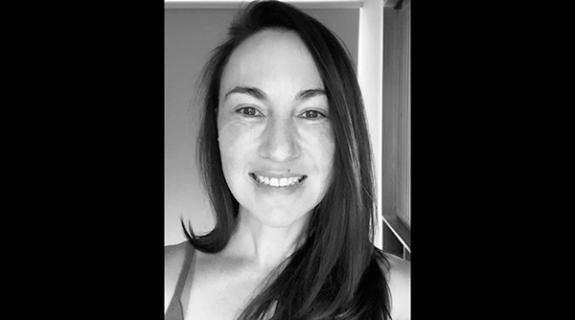
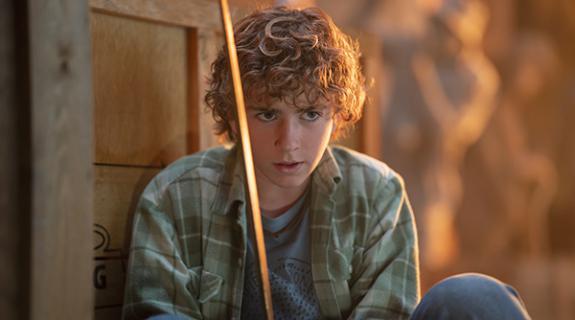

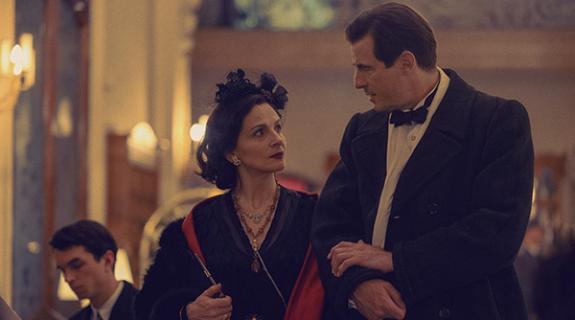

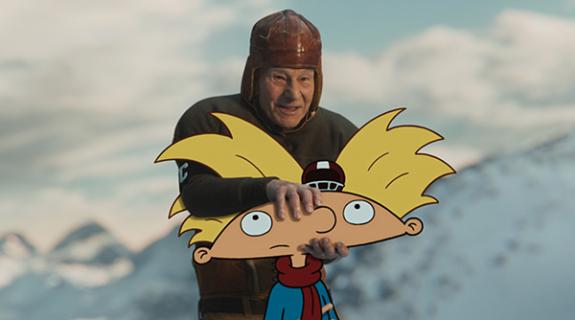

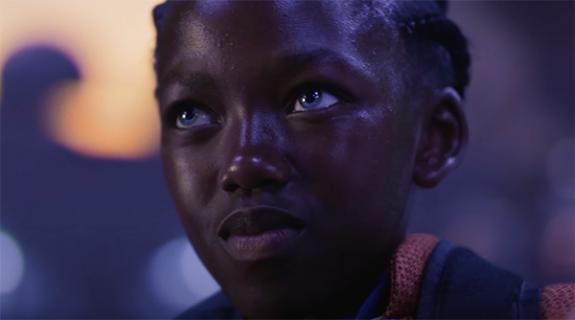
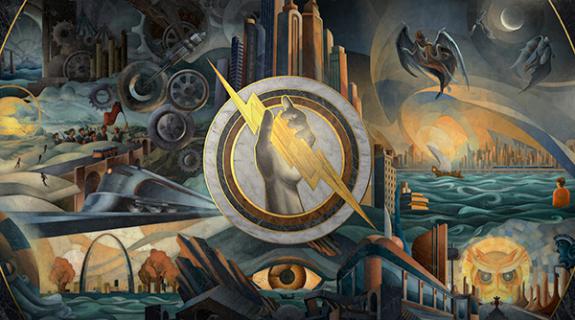
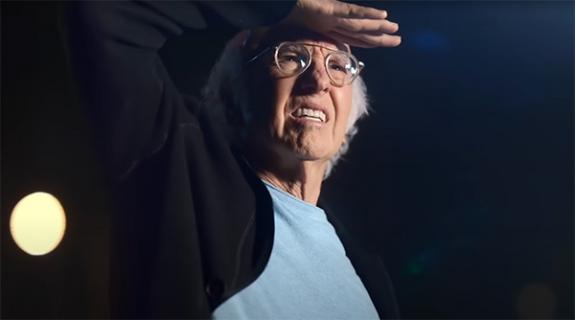

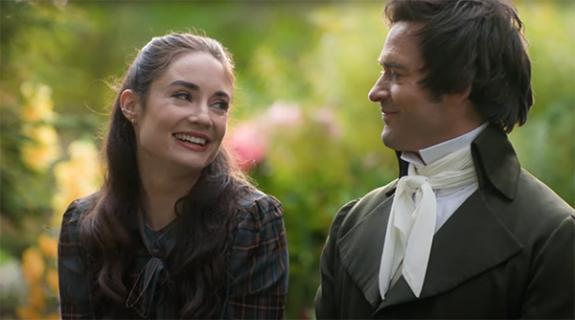
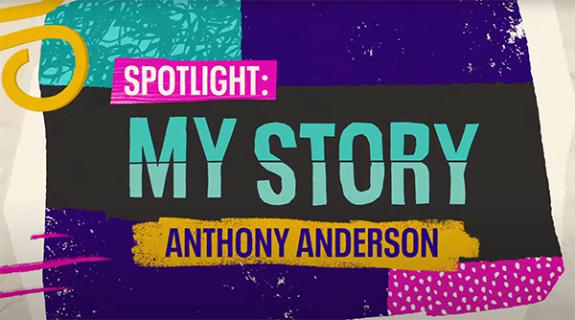
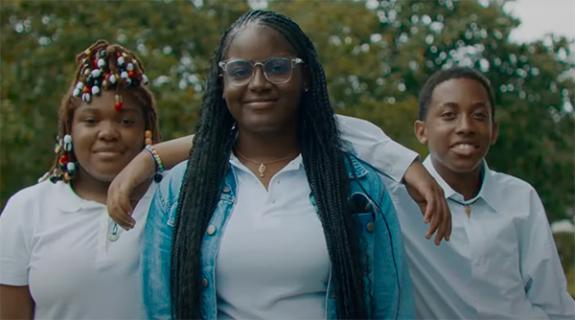
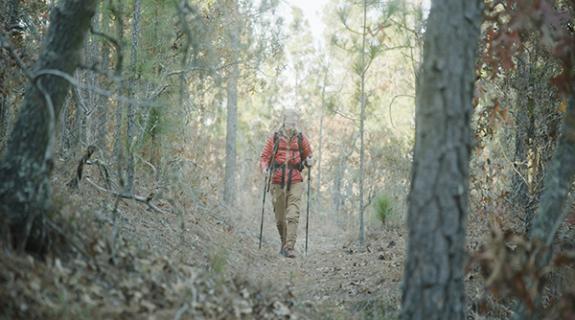
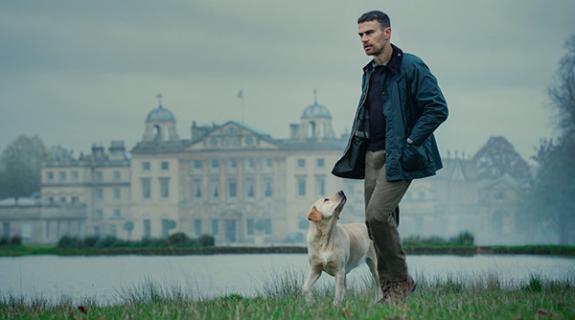
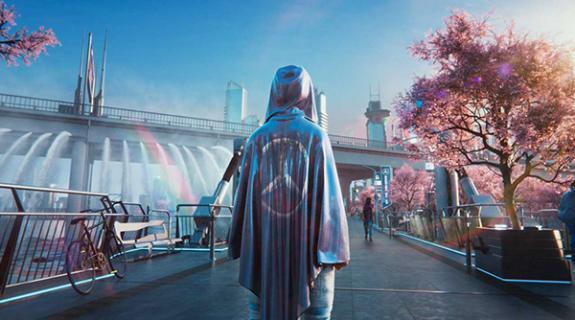
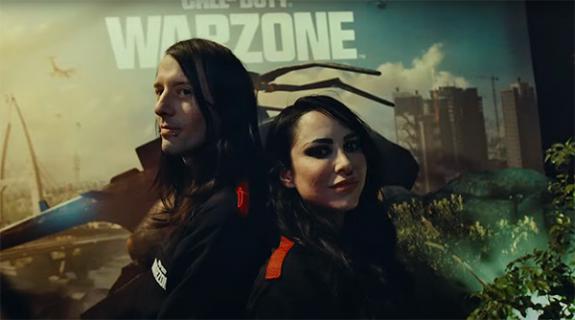
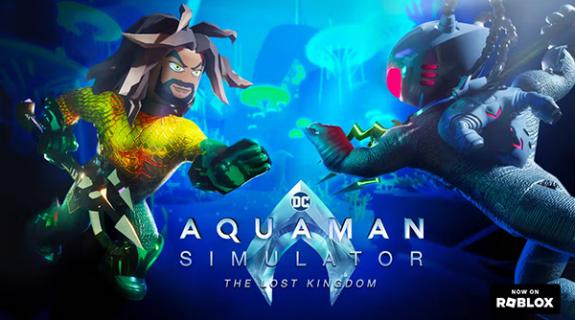
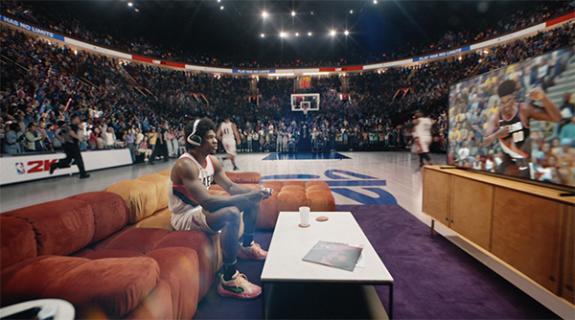
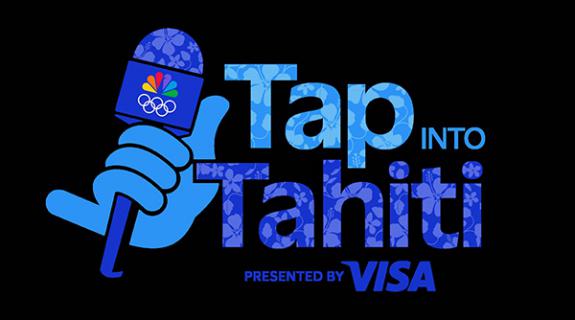
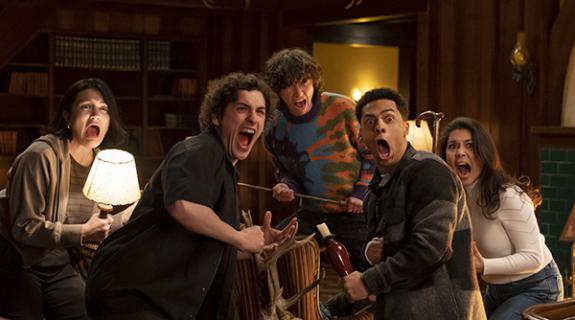
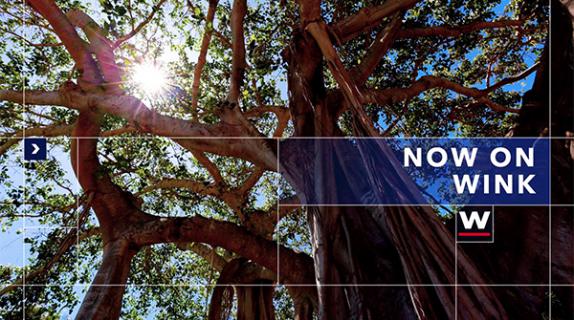
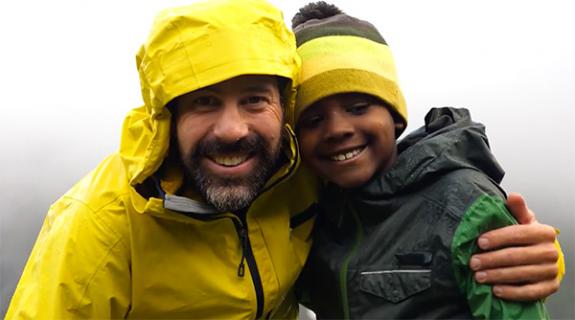
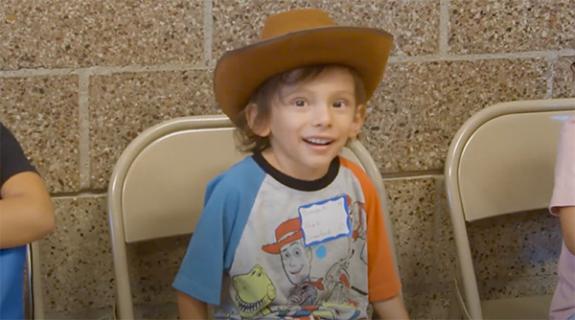




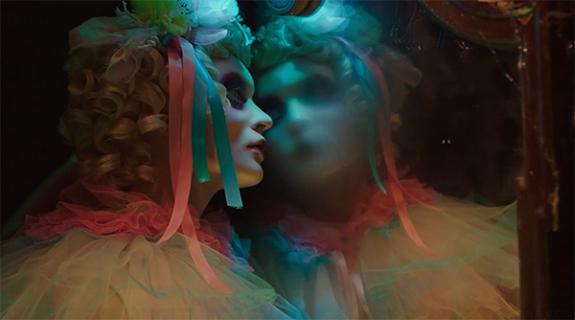
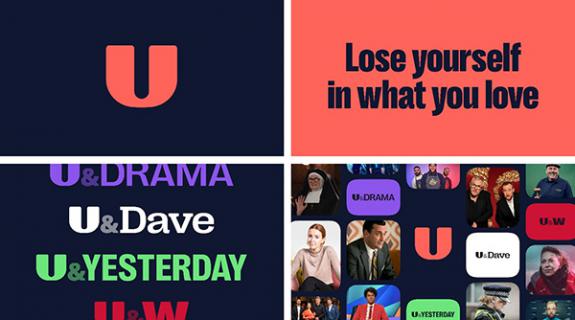
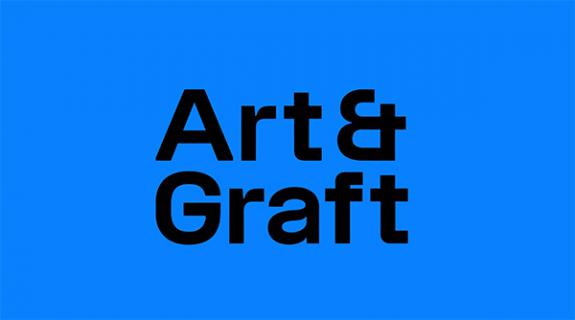
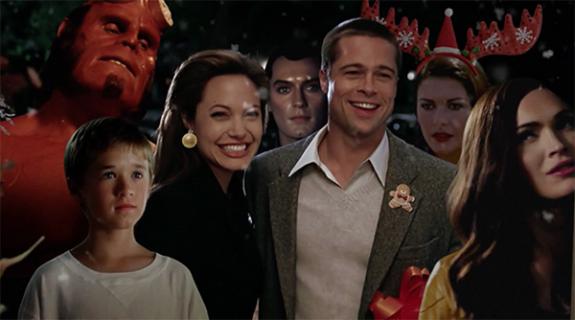
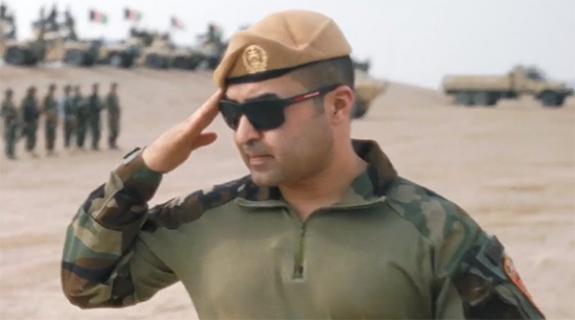

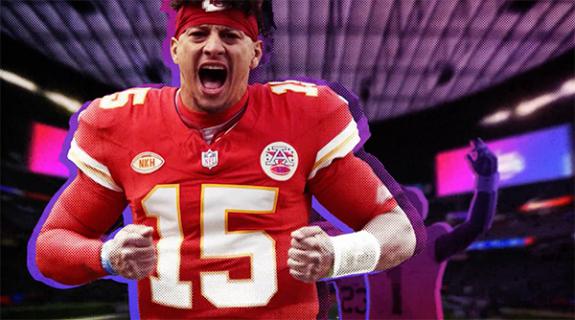

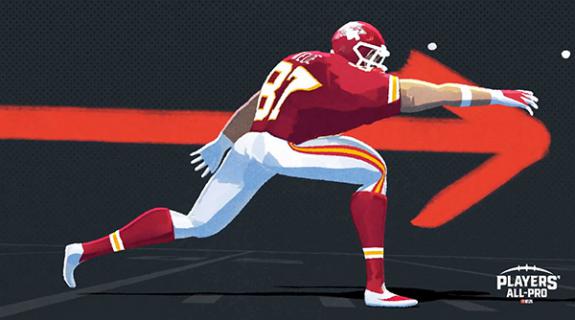

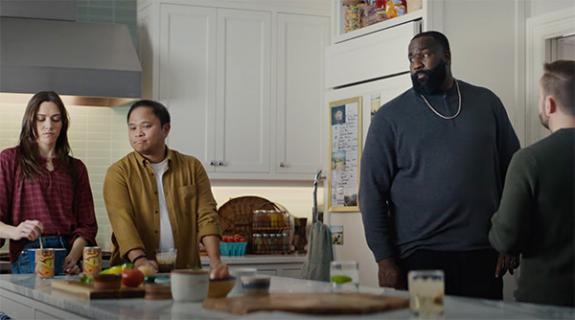
__twocolumncontent.jpg)
